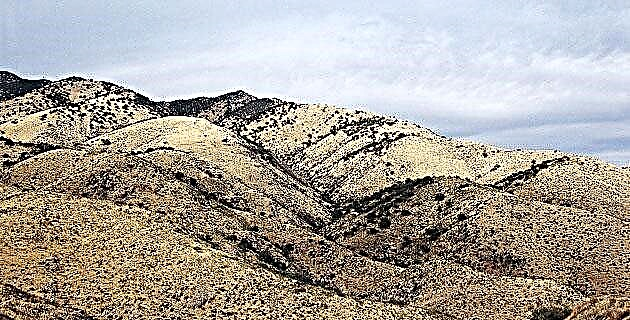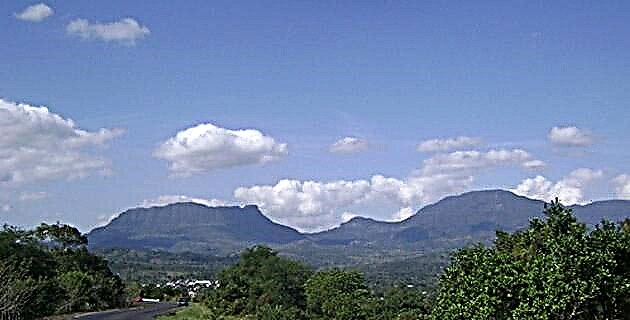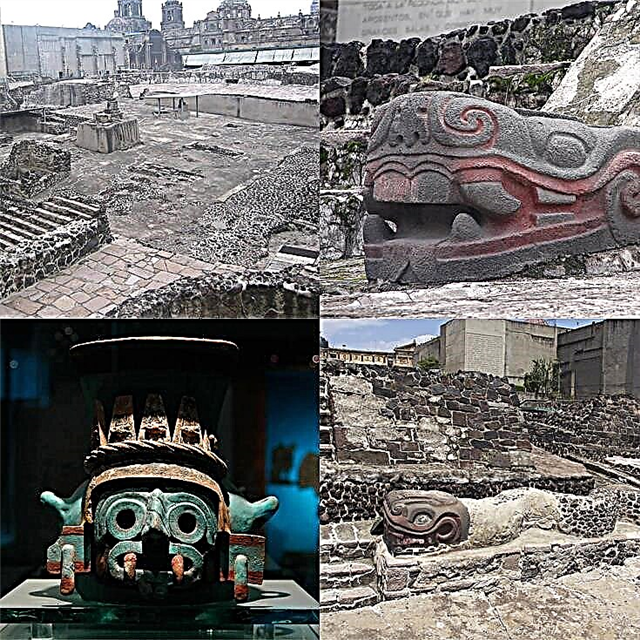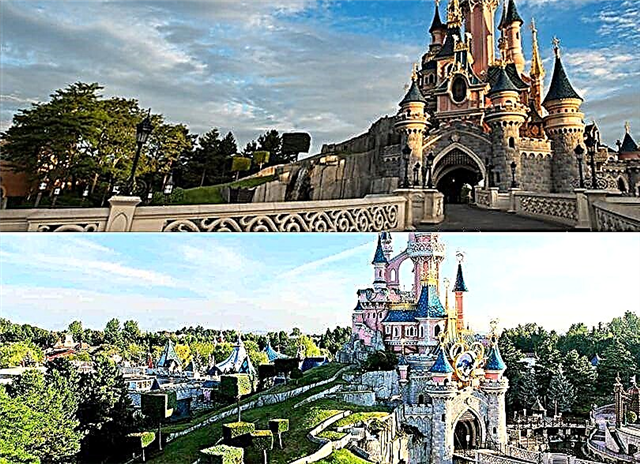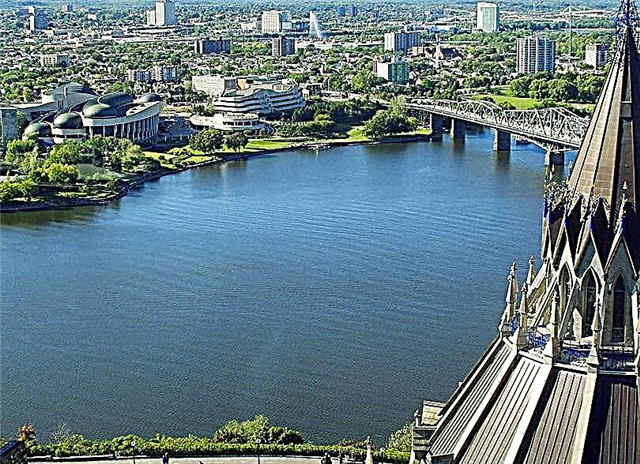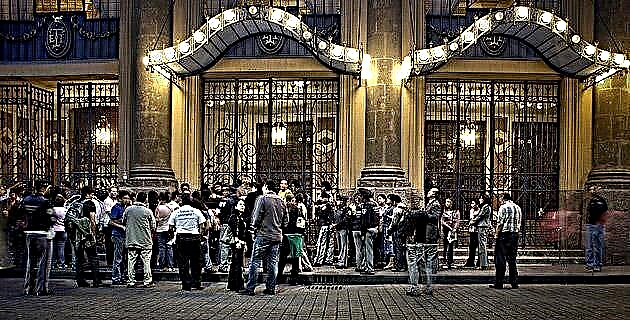
The expedition under the command of Juan de Grijalva met with the indigenous ruler Taabs-Coob, whose name, with time, would spread to the entire territory known today as Tabasco.
The conquest
In 1517, Francisco Hernández de Córdoba arrived in Tabasco lands from the island of Cuba, for the first time, Europeans met the Mayans of La Chontalpa, in the town of Champotón. The natives, under the command of their lord Moch Coob, faced the invaders and in the tremendous battle a large part of the expedition was killed, which returned with numerous wounded, including its captain, who died without having established his discovery prowess. .
The second expedition under the command of Juan de Grijalva, largely followed the route of its predecessor, touched Tabasco lands and also had a confrontation with the natives of Champotón, but he, after suffering some casualties, continued his journey until discovering the mouth of a great river, which was given the name of this captain, which is preserved to this day.
Grijalva went up the riverbed, running into numerous indigenous canoes that prevented him from continuing on his way, with them he made the customary exchanges to rescue gold and met the indigenous ruler Taabs-Coob, whose name, with time, will spread to all the territory, known today as Tabasco.
In 1519, Hernán Cortés commanded the third expedition of recognition and conquest of Mexico, having the experience of the journey of the two captains who preceded him upon reaching Tabasco; Cortés prepared his military confrontation with the Chontals, winning victory in the Battle of Centla, a success that he initialed with the establishment of the Villa de Santa María de la Victoria on April 16, 1519, the first European foundation in Mexican territory.
Once the victory was achieved, Cortés received as a present, in addition to the usual supply of supplies and jewelry, 20 women, among whom was Mrs. Marina, who was of great help to him later to achieve dominance of the country. The fateful conclusion of this period of the Conquest was the unjustifiable murder of the last tlatoani of Mexico-Tenochtitlán, Cuauhtémoc, in the capital of Acalan, Itzamkanac, when Cortés crossed Tabasco territory in 1524, during his trip to Las Hibueras.
The colony
For many years, the establishment of European settlers in what is now Tabasco, was subject to the difficulties they had to withstand the hot climate and the attack of mosquitoes, for which there is hardly any news of more or less stable foundations and stays. . The inhabitants of the Villa de la Victoria, fearing the violence of the corsairs, moved to another town, founding San Juan de la Victoria, to which in 1589 Felipe II granted the title of Villahermosa de San Juan Bautista, granting it his shield of arms as a province of New Spain.
It fell first to the order of the Franciscans and later to the Dominicans to evangelize the territory; this region, as regards the care of souls, belonged to the bishopric of Yucatan. In the mid and late sixteenth century, simple thatched churches and palm roofs were built in the towns of Cunduacán, Jalapa, Teapa and Oxolotán, where the main indigenous communities congregated, and in 1633 a Franciscan convent was finally erected for this province. , in this last indigenous town located on the banks of the Tacotalpa River, under the invocation of San José, whose architectural ruins are fortunately preserved to this day. As for the La Chontalpa region, with the increase in the indigenous population in 1703, the first stone church was built in Tacotalpa.
The European presence in Tabasco, during the first period of colonial rule, meant the rapid decline of the indigenous population; It is estimated that at the arrival of the Spaniards the original population was 130,000 inhabitants, a situation that changed drastically with the great mortality, due to excesses, the violence of the conquest and new diseases, hence by the end of the In the 16th century, only around 13,000 indigenous people remained, for this reason the Europeans introduced black slaves, which started the ethnic mixture in the area.
Francisco de Montejo, conqueror of Yucatán, used Tabasco as the base of his operations, however, during the long years of colonial rule, there was no greater interest in establishing settlements of great importance in the region due to the dangers of tropical diseases, the constant threat of flooding due to the copious storms, as well as the incursions of the pirates that made the existence very precarious; For this reason, in 1666 the colonial government decided to transfer the capital of the province to Tacotalpa, which functioned as the economic and administrative center of Tabasco for 120 years, and in 1795 the political hierarchy was again returned to the Villa Hermosa de San Juan Bautista.
During the colonial period, the economy was fundamentally based on agriculture and its great boom was the cultivation of cocoa, which gained great importance in La Chontalpa, where the orchards of this fruit were mostly in the hands of Spaniards; other crops were corn, coffee, tobacco, sugar cane and palo de dinte. The cattle ranch introduced by the Europeans, was gradually gaining importance and what declined terribly was the commerce, threatened as we have mentioned by the constant incursions of the pirates.

